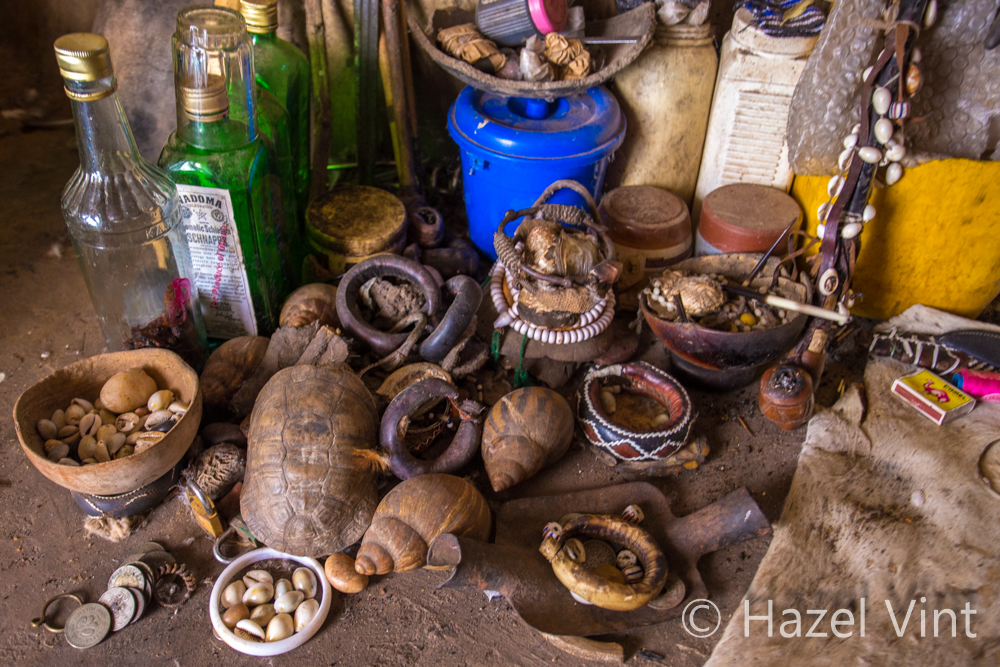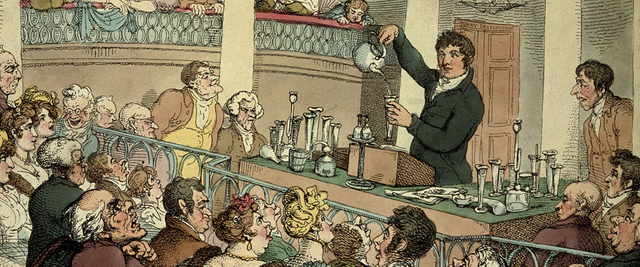The History Of Medicine
Ghanaians, before the introduction of Western medicine by the Europeans, had excellent knowledge in the treatment of all kinds of illness and diseases which afflicted them.
The main sources of medicine for the medicinemen(herbalist) were herbs, barks and roots of plants.
KINDS OF DISEASES
The diseases and illness which afflicted pre-colonial Ghanaians were malaria, chickenpox, small pox, venereal diseases, gonorrhea, itches and ulcers.
MODE OF ACQUISITION OF KNOWLEDGE
Knowledge about the treatment of diseases and illness was acquired from elderly people who might also have acquired the knowledge from a father or a relative. In view of that, some households were noted for the treatment and management of certain diseases, for instance, the setting of broken bones.
Besides, the knowledge was also obtained through dreams and visions. In the course of the dreams, they could be taken to the forest for certain potent and efficasious herbs for the treatment of diseases and illness.
Lastly, spiritual powers could also give their priest knowledge on the use of herbs.
HISTORY OF MEDICINE AS PRACTISED IN SOUTHERN PART OF GHANA
- Pieter DeMarees' Observations: According to Pieter de Marees' headaches was treated by herbalist with a kind of pap made out green leaves with which they smeared the affected part. Boils which could not open up after applying various medicines were opened by making three or four long cuts in them with a sharp knife, the pus was allowed to ooze out after which herbal medicine was applied to let the wounds cure. Ghanaian herbalists, in the seventeenth century, cured small pox and venereal diseases through application of dried roots of various species of similacene and sarcaparilla. Nonetheless,diseases like small pox and leprosy, considered contagious, were treated at the outskirts of the town or village.

Bosman's Observations:As Bosman(Ductman) intimated in the eighteenth century that the indigenious Ghanaian medical practitioners used lemon or lime juice, Malaguetta pepper or grains of paradise roots, branches and gums of trees and about thirty different kinds of green herbs were used to cure diseases and illness. He also revealed that Dutch traders afflicted by tropical diseases were cured by Ghanaian herbalists at a time the Dutch physicians were desperate as to what to do. Bosman concluded his observation by saying that indigenious herbalists cured great and dangerous wounds with green herbs and roots.
The efficacy of herbal medicines was confirmed by Dr. Teddie who served as the assistant Surgeon with Bondich Mission to Kumasi in 1817. He said that herbalist in Asante treated severe headache with plants whose juice wee used as snuff, and they applied other juices to cuts and bruises to stop bleeding.
Abortions of three months old pregnancy were done only with concotion of the friut and bark of the adumba tree powdered with pepper and a plant called whente hwente(continious sneezing) and boiled in fish soup. The inner bark of the Wawa tree was used to cure cold and other stomach pains. They did this by scraping fine the bark of the wawa tree mixed with pepper and soaked in water for the patient to drink. The bark of the ocisseree tree was used to stop dysentery and diarrhea. Stomach acidity in pregnant women were corrected by brewing the bark of the hooghong tree mixed with chalk. The concoction is then drunk. This concoction was also used to cure heartburn and related discomforts. Dr. Teddie revealed that among the 19th century Asante diseases were yaws, itches(crawcraw), scald heads, gonorrhea and gripping pains in the bowels. The prevalence of these diseases implied the herbalists were ignorant of them or failed to stress the need for hygiene. It was therefore not surprising that the most affected people were the children who ate poor food and lived in dirty environment. Again the absence of preventive medicine in pre-colonial era accounted for the prevalence of many communicable diseases such as yaws, cholera and leprosy.
HISTORY OF MEDICINE AS PRACTISED IN NORTHERN PART OF GHANA
The traditional medicinemen in Northern Ghana, particularly those in the Muslims states, used charms and talisman in addition to the herbs, roots and barks of trees. They held the belief that the users of the charms and talismans became insulated against certain diseases. The charms or talismans also prevented the people from being hit by the enemy's bullets. The amulets were produced by Muslim scholars which contained small sentences to the Koran. There were also the charms(Esuman) which were concoctions of certain herbs and animal parts which were used to cause harm or injury on one's enemy. They could also be used to make up the mind of a girl to marry a man she did not love or girl("for girls").

REFERENCE/SOURCES
- Adu Boahen, A. Ghana: Evolution and change in the Nineteenth and Twentieth Centuries, longman, 1957.

This post has received a 0.08 % upvote from @drotto thanks to: @banjo.
Hello, friend, this is a nice post and Africa is blessed by this.
Your post have been upvoted and resteemed.
try using the tag steemstem for science based coin
Okay
Your Post Has Been Featured on @Resteemable!
Feature any Steemit post using resteemit.com!
How It Works:
1. Take Any Steemit URL
2. Erase
https://3. Type
reGet Featured Instantly – Featured Posts are voted every 2.4hrs
Join the Curation Team Here